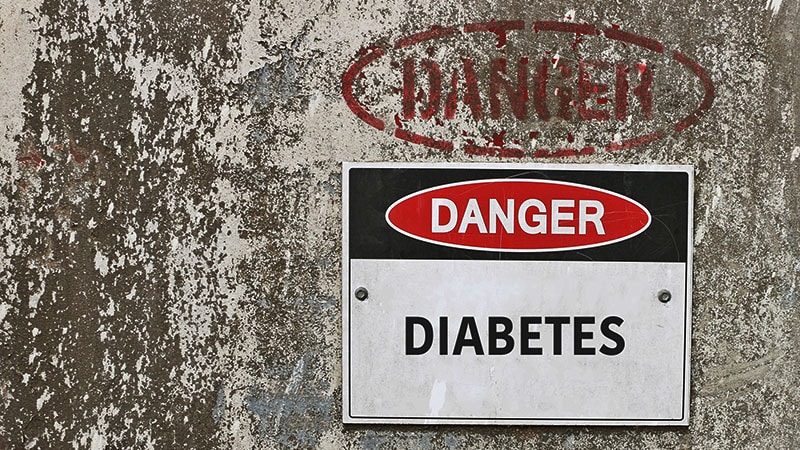New Guidelines for Hyperglycemia Emergencies in Adults with Diabetes
The upcoming joint society statement on hyperglycemic emergencies in adults with diabetes will introduce significant updates to the diagnostic criteria for diabetic ketoacidosis (DKA) and hyperosmolar hyperglycemic state (HHS). The new guidelines emphasize the risks associated with the hybrid presentation of these conditions, urge clinicians to investigate precipitating causes, and provide detailed recommendations for diagnosis and management. Key changes include revised definitions for DKA and HHS, emphasizing beta-hydroxybutyrate testing, and updated criteria for resolution and acute management. The guidelines also focus on mitigating complications, preventing recurrence, and addressing social determinants of health to improve patient outcomes.
Structure:
- Introduction to New Guidelines
- Focus on Hybrid Presentation of Hyperglycemic Emergencies
- Revised Definitions for DKA and HHS
- Acute Management Recommendations
- Mitigating Complications and Preventing Recurrence
- Addressing Social Determinants of Health
Samenvatting aanpassen
Herschrijven met AI
Citaten genereren
Bron vertalen
Naar een andere taal
Mindmap genereren
vanuit de broninhoud
Bron bekijken
www.medscape.com
New Hyperglycemia Emergency Guidance Updates DKA Definition
Belangrijkste Inzichten Gedestilleerd Uit
by Miriam E. Tu... om www.medscape.com 10-09-2023
https://www.medscape.com/viewarticle/997186
Diepere vragen
